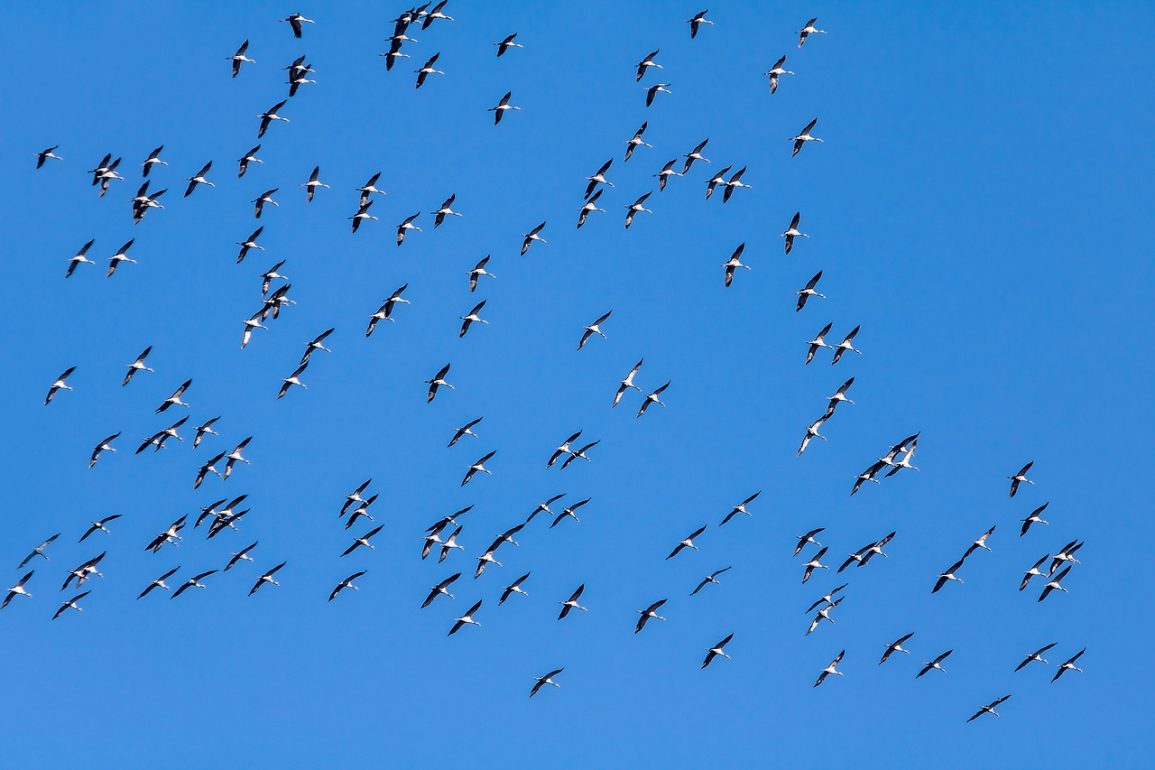Recent research has unveiled detailed yearly travel plans of migratory birds along Australia’s east coast, leveraging weather radar technology traditionally used for tracking meteorological phenomena.
This groundbreaking study, published in Current Biology, highlights distinct migration patterns that could significantly impact conservation efforts as the construction of wind farms increases across the region.
The research team, led by PhD candidate Shi Xu from the University of Queensland, analyzed years of radar data to identify two main pulses of bird migration.
Birds travel north from January to June and return south from July to December, with an astonishing average of 60,000 migrating birds per kilometer during the autumn months, based on data collected from 2018 to 2022.
Xu explained that weather radar systems can monitor the flight patterns of birds, insects, and bats, quantifying movements like measuring rainfall.
By employing complex mathematical models, researchers effectively filtered out the data related to insect and flying fox movements, focusing solely on avian migration.

Co-author Professor Richard Fuller emphasized the urgency of understanding these migration pathways, particularly in light of the ongoing development of wind farms.
He pointed out the critical connection between Queensland and Tasmania, stressing the necessity for coordinated conservation strategies to protect migratory birds traversing these landscapes.
Unlike in the northern hemisphere, where bird migration occurs mostly at night, the study revealed significant daytime migration among Australian birds, a phenomenon that could be unique to the region.
BirdLife Australia’s Sean Dooley, who was not involved in the study, noted that the variability in migration timing and direction appears to be influenced by seasonal climate differences.
Although weather radar cannot distinguish between bird species, the researchers plan to integrate citizen scientist sightings from birdwatching apps to enhance their understanding of specific migratory species.
This information could prove crucial for the conservation of endangered birds like the orange-bellied parrot and the swift parrot, as well as for protecting other vulnerable species such as the critically endangered regent honeyeater.
With these findings, the potential for targeted conservation initiatives that adapt to the migratory behaviors of birds becomes more promising, underscoring the need for informed planning in the face of renewable energy developments.

